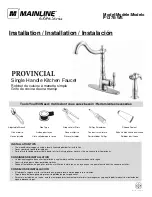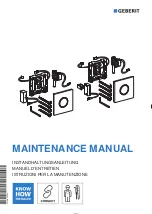
4
Am Oxigen ----- > N Oxigen -----> Nitrate
(Nitrosomonas) (Nitrobacter)
In most aquaria, nitrate is the endproduct of bacterial metabolism and accumulates in the
water.
Only higher water plants and algaes are able to remove this nitrate from the aquarium water.
What is the effect of nitrate in the aquarium?
1. Overfertilisation/Eutrophication. The aquarium is overfertilised, the algae growth increases
and cannot be controlled anymore.
2. Toxic effects to the animals. Many invertebrate animals in sea water tanks are very
sensitive
to higher nitrate levels.
3.
Working principle of the Nitratereductor
In the
Nitratereductor
the water is treated anaerobically. In the absence
of oxigen, many bacteria are able to use nitrate as a substitute for oxigen for their metabolism.
2 Nitrate ----> nitrogen gas + 3 oxigen
2 NO3 ----> N2 + 3 O2
The oxigen is used for the metabolism, the nitrogen is excreted into the water. Nitrogen gas is
a natural compound of the water and totally harmless.
It is, however, necessary to increase the metabolism of the bacteria, so that they can reduce
enough nitrate. For this reason, the nitrate removing bacteria have to be fed with organic
substances. The tablet feed
Denimar
contains organic substances, that can be used
completely by the bacteria. The only waste product is CO
2
.
The flow rate through the
Nitratereductor
is very slow. This is a main difference to other
aquarium filters, where the water is often treated once per hour or even more often. The water
in the
Nitratereductor
should have a retention time of 2 - 4 hours. It is however sufficient to
treat it once per week. If the filter is adjusted correctly, the water leaves the filter nearly free
of nitrite and nitrate.
4. Description of the Nitratereductor
The
Nitratereductor
consists of a reaction vessel of 30 l volume. To
provide surfac material for the bacteria, the filter is filled with
Bactoballs.
They create an ideal microclimate for denitrification.


























